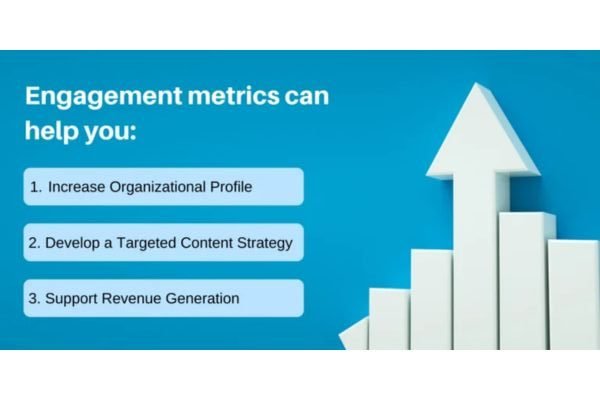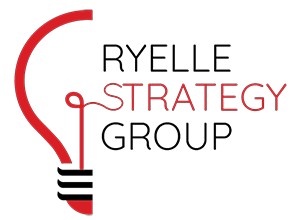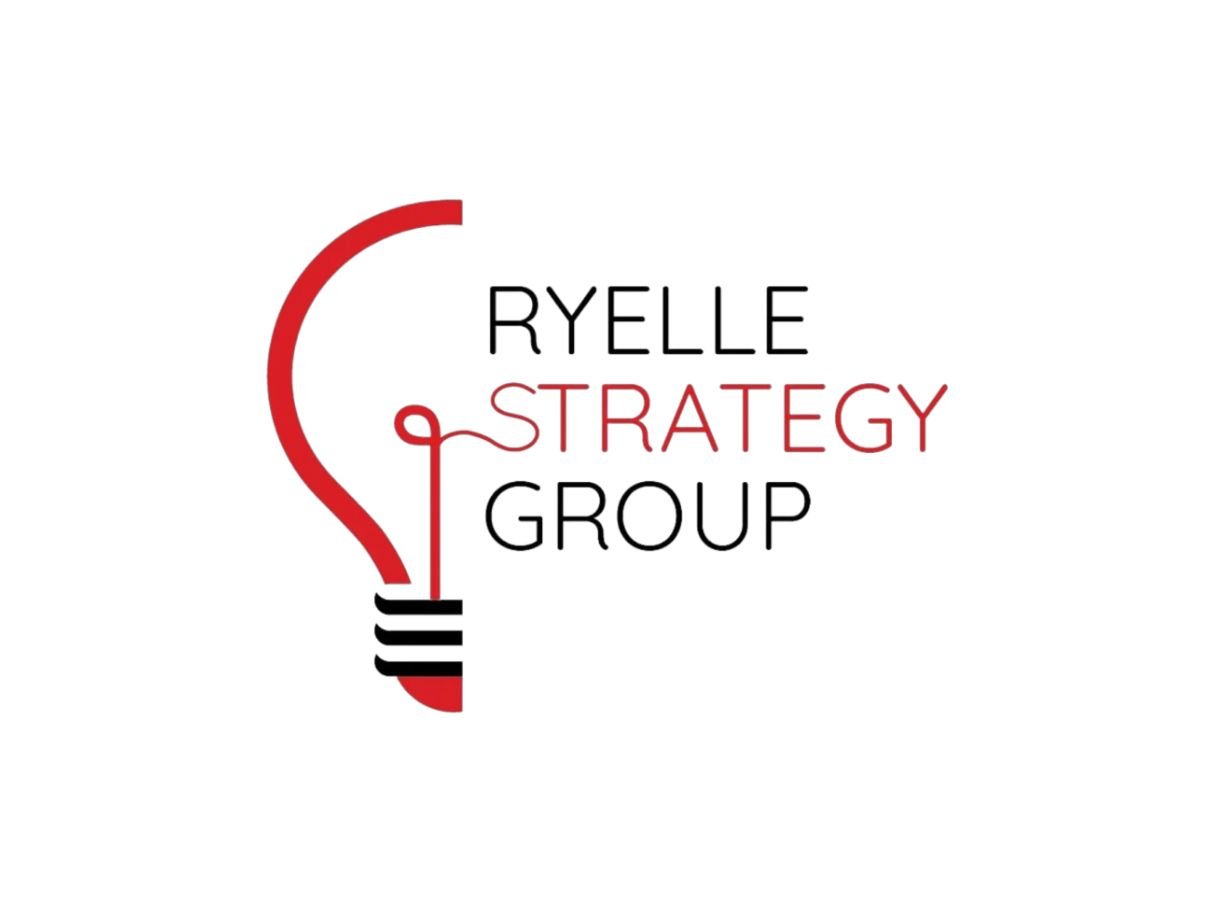Digital engagement is not a one-way discussion. While you can create a plan for digital content that highlights your organization’s mission, values, programming, events and more, you must be prepared to evaluate your target audiences’ response and engagement with your content and modify accordingly.
An excellent way to assess the performance of your content is to use the metrics available on your various digital platforms, including social media, website, email marketing and more. Metrics can be incredibly useful in creating and fine-tuning an effective digital strategy because they serve as an ever-evolving picture of how your target audiences are perceiving and responding to your organization in real time. Through your metrics, you can gain insight into awareness (how familiar people are with your organization’s brand) and engagement (understanding how people are interacting with your digital/social media content) of your content.

Using metrics to inform your digital strategy can help you increase the profile of your organization, develop a content strategy targeted at specific audiences and support revenue generation activities. Some engagement metrics—such as the number of likes, comments and shares your content gets—help you understand how people are interacting with your digital and social media content. Other metrics work behind the scenes to tell a deeper story about the effectiveness of your organization’s digital strategies.
Awareness is measuring how familiar people are with your organization’s brand. Engagement is understanding how people are interacting with your digital/social media content.
Some valuable metrics to measure include:
- Reach – the number of people who are viewing your content
- Post impressions – the number of times people are viewing your content
- Audience growth rate – the number of new followers you gain during a specific time period. This is calculated as a percentage of your total number of followers.
- Post engagement rate – the number of engagements (likes/comments/shares) your content receives divided by your total number of followers
- Click through rate from links – how often people click on a link in a social media post to engage further with your content. This is calculated by dividing the number of clicks by the number of impressions a social media post received.
While taking a bird’s eye view of your organization’s social media and web performance can be helpful and paint a picture of your increasing and improving performance, you should view metrics in the context of telling a larger story about your organization’s digital footprint to understand the meaning behind your engagement and awareness numbers. We recommend going one step deeper to drill down on specific posts and how they are performing. If a post shows high engagement or awareness, take note of what types of messaging is resonating with your intended audiences – are they testimonial-type stories or education/awareness-related content? And if a post didn’t garner a lot of attention or response, consider why that might be and what about the content didn’t resonate and how this compares to similar content you’ve shared in the past.
Through our digital engagement work, Ryelle has leveraged analytics to build custom strategies for our clients that demonstrate growth and momentum in awareness and engagement with their brands online. For an established Toronto non-profit, we used continuous analytics tracking and content testing to create and distribute content for their digital channels that would resonate with the organization’s intended audience. Using a digital strategy informed by metrics resulted in 340% increase in LinkedIn followers, 903% increase in engagements on Twitter, 134% increase in Instagram reach, 31% increase in overall web traffic, and 20% increase in web traffic.
Always keep your engagement goals in mind and use the information from your analytics to build a roster of successful templates that you can replicate for continued engagement success. It’s important to use your current overall digital performance to continually gain insight that can inform and shape your future engagement strategies.




